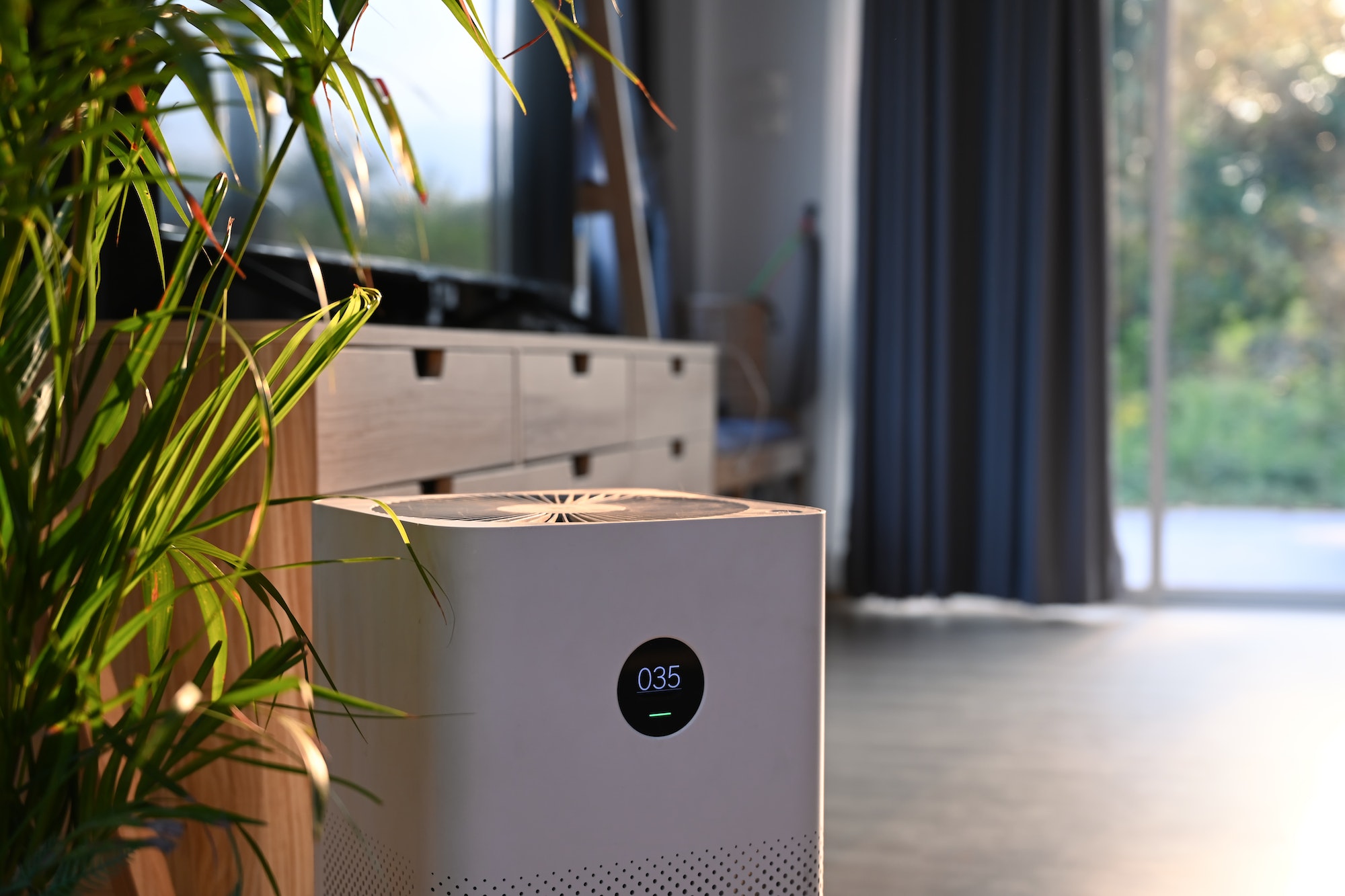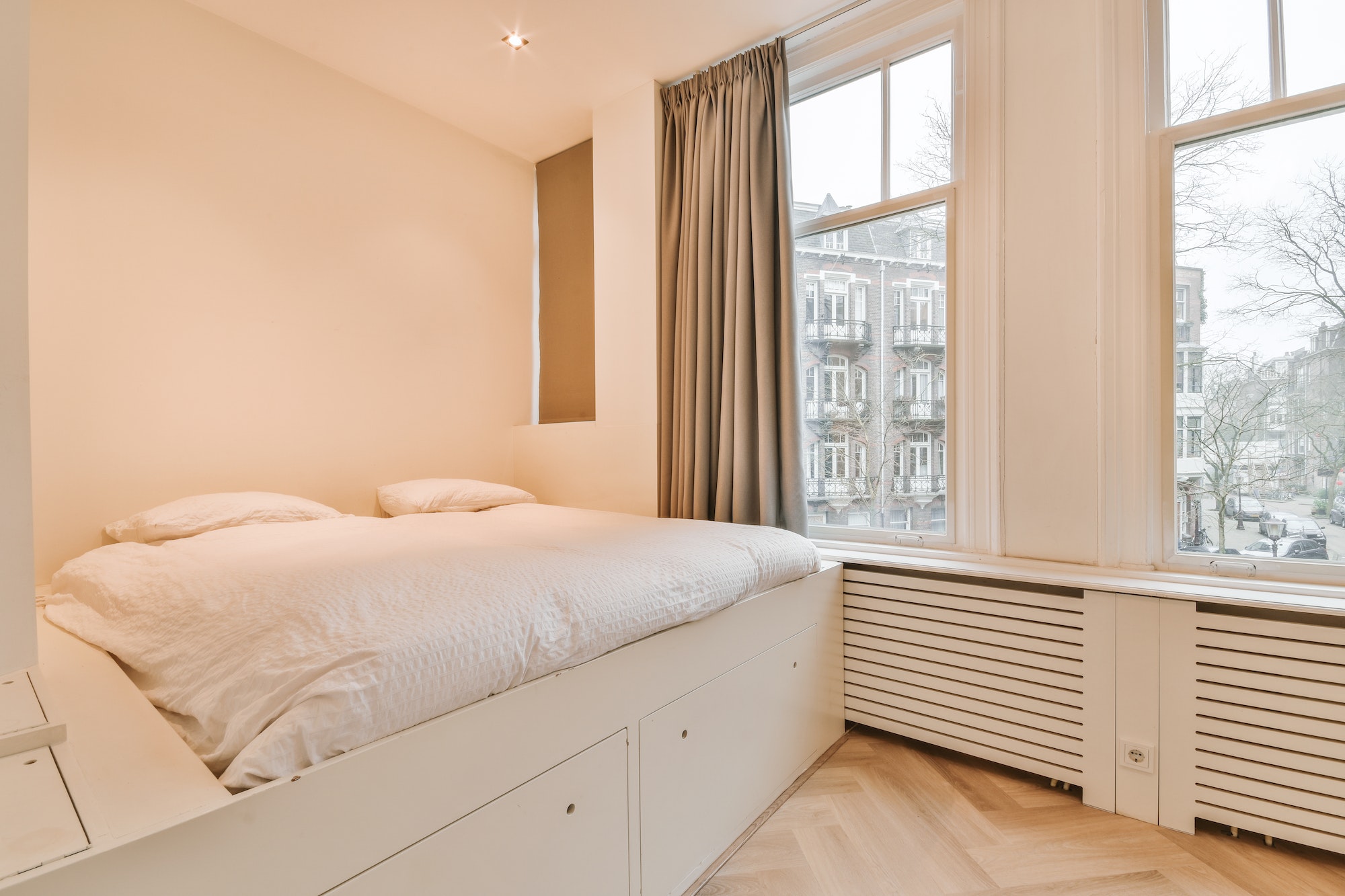Air Quality Home Inspection is an inspection of a home’s air quality to determine potential health hazards or unhealthy conditions. It typically includes examining the home’s ventilation system, air ducts, and other areas that could be a source of indoor air pollution. The inspector will also look for mold and other signs of water damage contributing to poor air quality.
The benefits of an Air Quality Home Inspection are many. It can help identify potential health hazards and sources of indoor air pollution, and identify areas of the home where air quality could be improved. Inspections can also reveal areas that need to be cleaned or remediated to improve air quality. Additionally, an inspection can provide peace of mind to homeowners that their home is safe from unhealthy air.
Types of Air Quality Home Inspections
Radon Testing: Radon is a naturally-occurring, odorless, tasteless, and invisible gas that can be dangerous to your health when it accumulates in your home. Radon testing is an important part of an air quality home inspection. It can be done in two ways: short-term tests that measure radon levels over hours or days, or long-term tests that measure radon levels over months or years. The test results will indicate whether the radon levels in your home are above or below the EPA’s recommended safe level.
Mold Inspection: Mold is a type of fungus that can cause health problems if it accumulates in your home. During a mold inspection, a professional will inspect your home for visible signs of mold and use specialized testing equipment to detect mold hidden in hard-to-reach areas. If mold is found, the inspector will advise you on removing and preventing it from returning.
Carbon Monoxide Testing: Carbon monoxide (CO) is an odorless, tasteless, and invisible gas produced by burning fuel. Exposure to high levels of carbon monoxide can be deadly, so it is important to have your home tested for CO. During a carbon monoxide test, a professional will use specialized testing equipment to measure the levels of CO in your home. If the CO levels are above the EPA’s recommended safe level, the inspector will advise you on reducing them.
Improving Air Quality
Improving air quality is an important factor for our health and well-being. Several methods can improve the air quality in our homes and workplaces.
Air purifiers effectively improve air quality by filtering dust, pollen, pet dander, and other allergens. Air purifiers can reduce the amount of dust and other allergens that circulate in the air. They also reduce odors and VOCs (volatile organic compounds).
Regular cleaning is another effective way to improve air quality. Vacuuming, dusting, and mopping can help reduce the amount of dust, dirt, and other allergens in the air. Use a vacuum with a HEPA filter to help capture more dust and other allergens, and use a damp cloth to dust surfaces to avoid stirring up dust into the air.
Humidifiers are also a great way to improve air quality. They help reduce dryness in the air and maintain a comfortable humidity level in the home. Humidifiers also help reduce airborne allergens and can help reduce the spread of germs, viruses, and bacteria.
Preparing for an Air Quality Home Inspection
When considering an air quality home inspection, it is important to consider the type of inspection that is right for your home. The type of inspection you need will depend on the size of the home, age, and any existing issues you may be aware of. You should also consider the cost of the inspection, as this can vary depending on the type and complexity of the inspection. Lastly, you should also research the company you intend to hire for the inspection and ensure they have the qualifications and experience to perform the type of inspection you are looking for.
Before an air quality home inspection, it is important to prepare the home for the inspection. This includes clearing away any clutter in the areas that will be inspected, such as furniture, rugs, and curtains. It is also a good idea to have all the vents and registers open and accessible for the inspector and replace any air filters that may be clogged or dirty. Lastly, you should turn off any fans or air conditioners running during the inspection, as they can interfere with the inspection results.
During the Air Quality Home Inspection
When you hire an inspector to conduct an Air Quality Home Inspection, they will investigate the air quality inside your home. The inspector will look for environmental hazards such as mold, radon, asbestos, carbon monoxide, and volatile organic compounds (VOCs). The inspector will likely use specialized testing equipment to measure air pollution levels and visual inspections to check for signs of mold, smoke, and other contaminants. The inspector will also check for safety hazards such as faulty wiring, gas leaks, and blocked chimneys.
When hiring an Air Quality Home Inspector, it is important to ask questions to ensure you get the best service possible. Ask the inspector what testing they will conduct, how long the inspection will take, and what certification they have. It is also important to ask what the inspector’s fees are and if they offer any follow-up services. Additionally, it is important to ask if the inspector has experience with your home type, as different homes can have different air quality needs.
After the Air Quality Home Inspection
Once the air quality home inspection is complete, there are several steps you can take to ensure the air in your home is as safe and healthy as possible. It is important to address any issues that may have been identified during the inspection. This could include repairing ventilation systems, installing air filters, or using air purifiers. Clean and replace filters regularly, and dust and vacuum your home to reduce the number of allergens and pollutants in the air.
The results should be taken seriously and addressed appropriately. Depending on the results, you may need to take further action, such as replacing your HVAC system or installing new air filters. It’s a good idea to keep a copy of the inspection results in case you need to refer back to them. You can Consult with a professional to determine what further steps you should take to ensure the air quality in your home remains safe and healthy.
Factors That Affect Air Quality
Poor ventilation is one of the most important factors that affect air quality. Poor ventilation can lead to air becoming stale and stagnant, trapping pollutants in the air, such as dust, dirt, smoke, and other particles. This often happens in poorly ventilated rooms, such as basements and attics, or rooms with no windows or closed windows. Poor ventilation can also happen in enclosed spaces such as offices, restaurants, and other public places.
Unfiltered air is another factor that affects air quality. Unfiltered air can contain various particles from outside, such as pollen, dust, and dirt. These particles can enter the air inside, leading to poor air quality. Air filters can help reduce the amount of these particles in the air, making breathing easier.
Pest infestations can also have a significant impact on air quality. Pests, such as cockroaches and mice, can bring in particles from the outside, such as dirt, dust, and droppings, making the air inside a house or other building unclean. Pests can also be a source of allergens, worsening air quality in a home or other building. Pest control measures, such as sealing off entry points and using insecticides, can help reduce the number of pests and improve air quality.
Conclusion
Air quality home inspections are critical in ensuring the safety and health of those living there. These inspections are designed to identify any potential issues that may be present with air quality and the potential health risks associated with them. The inspections provide a comprehensive look at the indoor air quality in a home. They can help identify potential sources of airborne contaminants, such as mold, dust, pollen, and other allergens. The inspection can also identify potential ventilation problems, which can cause poor indoor air quality.
The benefits of air quality home inspections are numerous. An inspection can help reduce the risk of health issues associated with poor air quality, such as respiratory issues, allergies, and asthma. Regular inspections can also help identify potential maintenance or repair needs that may arise due to poor air quality. Additionally, the inspection results can help homeowners make informed decisions about the air quality of their homes. Overall, air quality home inspections are a valuable tool for assessing the safety and health of a home.
Discover more from Futurist Architecture
Subscribe to get the latest posts sent to your email.




